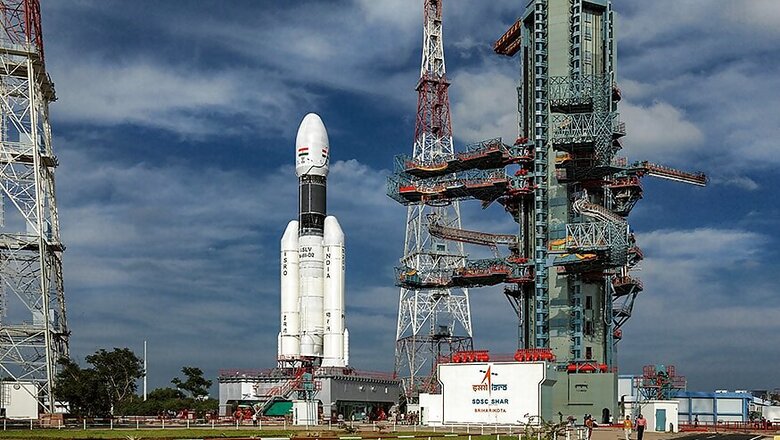
views
New Delhi: As India aims to join the likes of United States and China in space prowess, big data and Artificial Intelligence, the upcoming Union Budget 2019 is likely to give a powerful push to the ambitious goal.
The mission was set in motion when then finance minister Arun Jaitley increased India's spending on science and technology by 10 per cent to Rs 53,620 crore in Union Budget 2018-19.
The budget had earmarked Rs 3,000 crore for a digital programme which included artificial intelligence and cybercrimes. "Combining cyber and physical systems have great potential to transform not only innovation ecosystem but also our economies and the way we live,” he had said during his Budget speech.
A year later, however, Union minister Piyush Goyal, while presenting Interim Budget 2019, focused more on building infrastructure for a Digital India, expanding rural industrialisation using modern digital technologies and expanding space outreach: a likely direction that the Union Budget 2019 is likely to take.
India's spending on science remained low in 2018 at around 0.8 per cent of the GDP which is below the 3 per cent demanded by researchers and scholars.
The Union Budget’s allocation for the sciences, which also includes digital technologies, space research and atomic energy, must be looked at through the promises of the Interim Budget.
The Ministry of Science and Technology is likely to see a budget hike, given the key promise of creating one lakh digital villages planned in the next five years, developing a National Artificial Intelligence portal and a technology project to transform tax returns.
The digital villages are expected to use the fast expanding mobile networks in the country to directly provide state and Centre-based schemes to citizens.
The Ministry of Science and Technology (S&T) has three wings under it — the Department of Science and Technology, Department of Biotechnology and Council for Scientific and Industrial Research (CSIR).
In Budget 2018, the Department of Science and Technology was allocated Rs 5,100 crore while the Department of Biotechnology was allocated Rs 2,410 crore.
In line with the 10 dimensions of Vision 2030, which includes rural industrialisation, the new Budget may push greater investment in strengthening the technological base for a secure social infrastructure system.
The Ministry of Earth Sciences is also likely to witness a push in Budget 2019. As per the third dimension of the country’s Vision, the commitment towards a pollution free nation with green earth and blue skies will enhance research and development in this sector.
The 2018 Budget had allocated Rs 12,322 crore for the Ministry of Science and Technology, focusing on core scientific research, and Rs 1,800 crore for the Ministry of Earth Sciences.
Besides, the Department of Space and the Department of Atomic Energy, which fall under the jurisdiction of the Prime Minister’s Office, got a hike in the 2018 Budget figuring at Rs 10,700 crore and Rs 13,971 crore, respectively.
The Indian Space Research Organisation’s (ISRO) revised budgetary allocation for the first time crossed the Rs 10,000 crore in the Interim Budget 2019. The premier space organisation in the country has witnessed an increase of Rs 1,000 crore per year in its budgetary allocation since Narendra Modi came to power in 2014.
An increased thrust is expected in areas of space technology, space application and the Indian National Satellite (INSAT) system in Budget 2019.
The indigenously developed INSAT system is one of the biggest national communication satellite systems in the Asia-Pacific region. It is used for multiple services like disaster warning, television broadcasting, weather forecasting, telecommunications etc.
Goyal in his Interim Budget speech underlined the significance of India’ space programme as the seventh dimension of Vision 2030. “Our space programme – Gaganyaan, India becoming the launch-pad of satellites for the world and placing an Indian astronaut into space by 2022, reflect this dimension of our vision,” he had said.
As per ISRO chief K Sivan, the organisation currently has more than 32 missions in the pipeline and this could well be a reason for an increased allocation.
Former finance minister Arun Jaitley in his Budget 2018 speech had also announced that 1,000 students from elite institutions like the Indian Institutes of Technology and the Indian Institute of Science in Bangalore will be awarded fellowships for doctoral programmes.




















Comments
0 comment